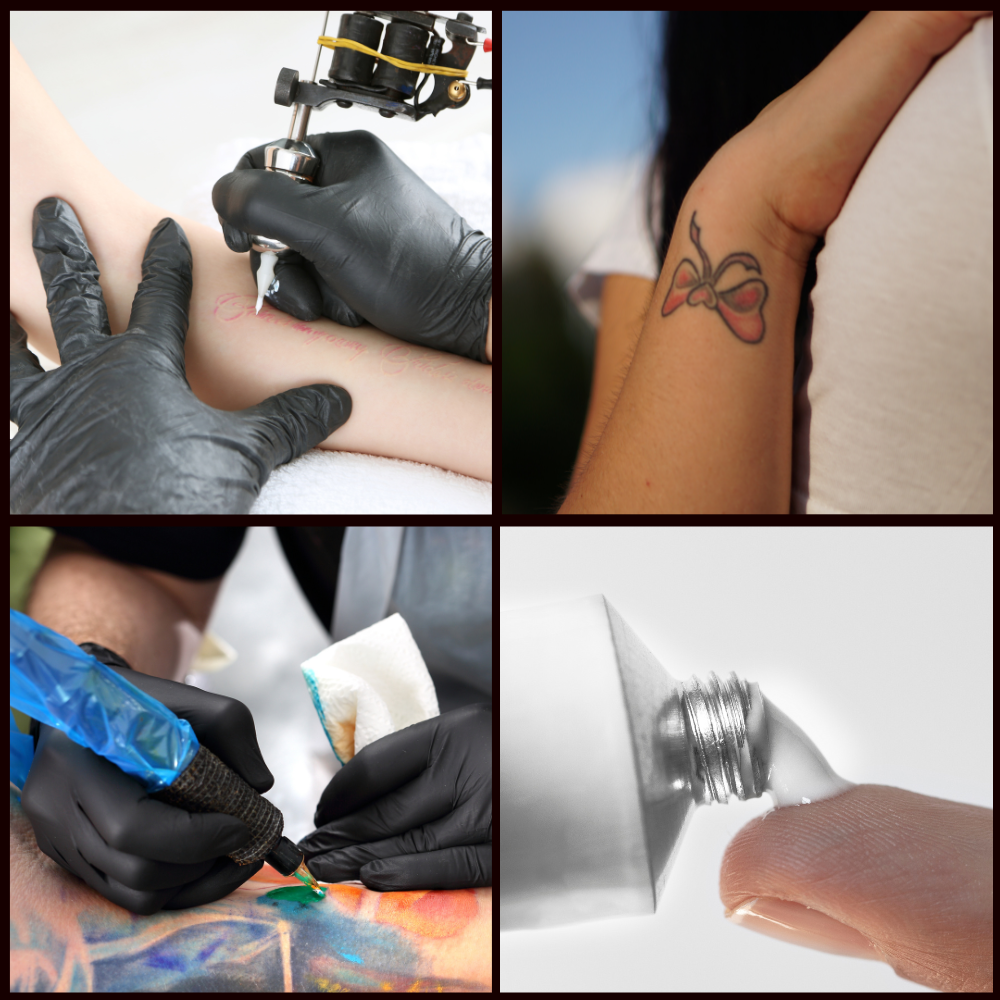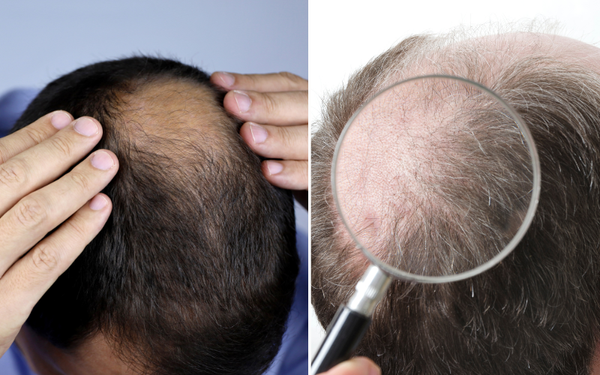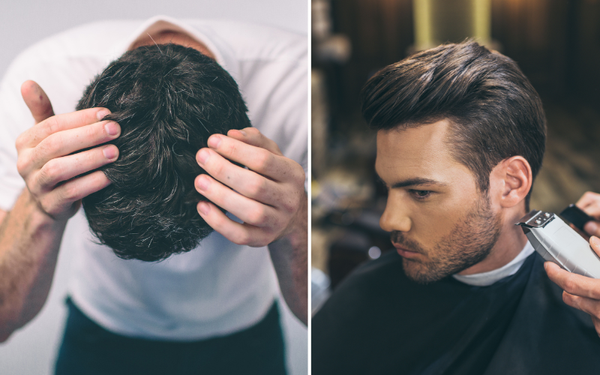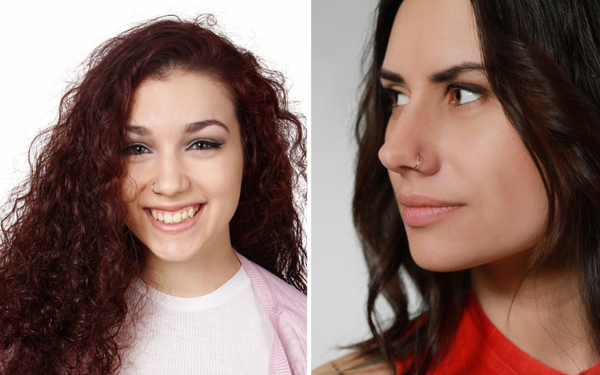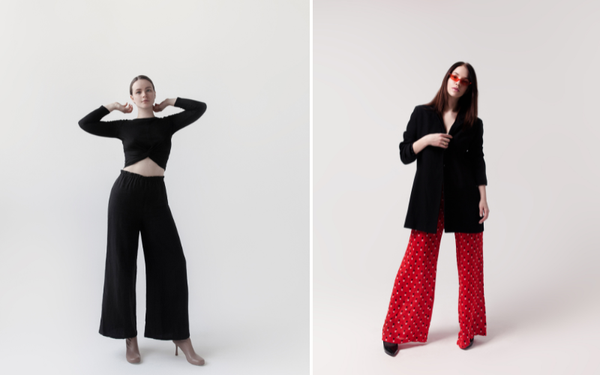Getting a tattoo can be a daunting experience, especially if you have a low pain tolerance. Luckily, there are numbing creams available that can help ease the pain and discomfort.
However, not all numbing creams are created equal, and some may interfere with the tattooing process. This begs the question: which numbing cream do tattoo artists recommend?
In this blog post, we’ll delve into the top numbing creams on the market and which ones tattoo artists swear by.
Lidocaine Creams
Lidocaine is a popular ingredient in many numbing creams and is often recommended by tattoo artists. Lidocaine is a local anesthetic that blocks the nerve signals responsible for pain. Lidocaine creams are applied about an hour before the tattooing process and can provide up to two hours of relief. Tattoo artists often recommend Lidocaine creams such as Numb520 or SuperNumb.
Benzocaine Creams
Benzocaine is another local anesthetic found in some numbing creams. Unlike Lidocaine, Benzocaine works by numbing the skin’s surface. This may interfere with the tattooing process, as the skin needs to be taut during tattooing. However, tattoo artists recommend Benzocaine creams for touch-up sessions or for use after the tattooing process. Some popular brands include Dr. Numb or Hush Anesthetic.
Prilocaine Creams
Prilocaine numbing creams are another option that tattoo artists might recommend. Prilocaine is a local anesthetic found in creams such as EMLA. Prilocaine numbing creams are often applied an hour before the tattooing process, and they can provide up to three hours of relief. However, as with Benzocaine creams, tattoo artists may recommend Prilocaine creams for touch-up sessions as it does have a more significant impact on the skin’s surface.
Tetracaine Creams
Tetracaine is yet another local anesthetic that can be found in some numbing creams. Tetracaine creams are often more potent than Lidocaine creams and are said to provide more prolonged relief. Tattoo artists might recommend Tetracaine creams such as Numbskin or Zensa for clients with sensitive skin or for long tattoo sessions. However, it is essential to follow the instructions of Tetracaine numbing creams as they can have side effects.
Mixed Creams
Mixed creams are popular amongst tattoo artists and clients alike. Mixed creams often contain Lidocaine and Tetracaine or Benzocaine and Lidocaine. This combination provides the benefits of both local anesthetics, numbing the skin’s surface and blocking the nerve signals responsible for pain. Tattoo artists might recommend mixed creams like UberNumb or Numbify for clients who require both types of relief.
Conclusion:
In conclusion, there are several numbing creams available on the market that can help ease the pain and discomfort of getting a tattoo. After researching and speaking with several tattoo artists, it appears that Lidocaine creams such as Numb520 and SuperNumb are the most commonly recommended.
However, it’s important to note that every person’s pain tolerance is different, and what works for one person may not work for another. Thus, it’s essential to follow the instructions of the numbing cream and to speak with your tattoo artist beforehand to ensure that the right numbing cream is used for your tattoo session. Remember, the goal of numbing cream is not to eliminate all pain, but rather to reduce it to a tolerable level.
